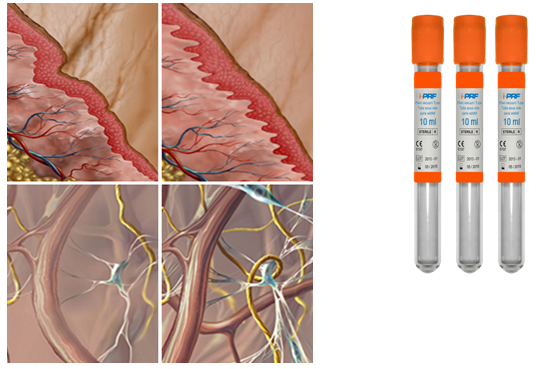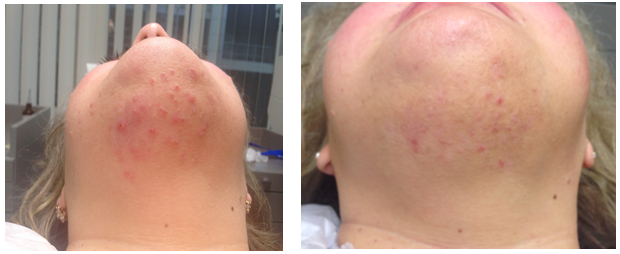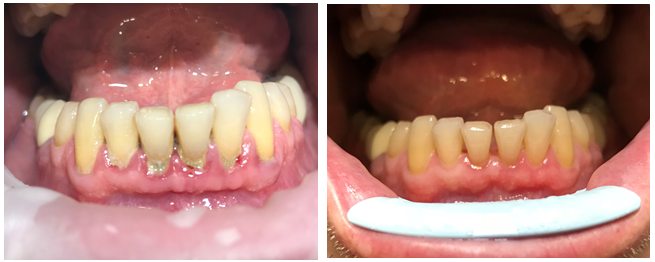Previous Issues Volume 4, Issue 2 - 2019
IPRF and APRF Technology as a Biological Method of Treatment
Alina Tykhomyrova
General Practice, Medical Clinic “Slavna” Kyiv, Ukraine.
Received Date: Jun 15, 2019 Published Date: Jul 3, 2019
Corresponding Author: Alina Tykhomyrova, General Practice, Medical Clinic “Slavna” Kyiv, Ukraine.
Copyright © 2019 Tykhomyrova A
Citation: Tykhomyrova A. (2019). IPRF and APRF Technology as a Biological Method of Treatment. Mathews J Case Rep 4(1): 51.
INTRODUCTION
What does the word generation mean and what role does it play in the human body? This is a good question that has been of interest to scholars for a long time. In this article I tried to explain the mechanism of regeneration and how to accelerate healing using APRF and IPRF.
First, let’s start from the definitions of healing, APRF and IPRF.
Healing – is a complex biological process where many cellular events take place simultaneously and lead to repair or regeneration of damaged tissues.
IPRF stands for Injectable Plasma Rich Fibrin. This technology lies in injecting patient’s autologous plasma rich fibrin in damaged areas of soft tissue, mucous membrane or skin.
APRF stands for Advanced Plasma Rich Fibrin. A platelet concentrate after centrifugation, made a membrane rich on growth factors, platelets and leukocytes which has a great regenerative ability.
Over 20 years ago, doctors used a concentrate of platelets collected from whole blood for regeneration. The concept was developed to use human blood proteins. Nowadays the concept also involves the collection of patient’s blood, but the technique has become more modern and now allow us to get the highest amount of growth factors of leucocytes and platelets.
Number of desirable growth factors, leucocytes and platelets depend on some factors:
1. Human factor (patient’s lifestyle, health, blood norms)
2. Patient’s disease (blood disease, somatic disease)
3. Centrifugation (depends on speed, time and number of centrifugation spinning)
4. Tubes for the procedure (empty or with anticoagulation gel)
Speed of regeneration depends on these factors.
What does the regeneration mechanism begin with and what plays a significant role in this process?
Sure, platelets (thrombocytes) play a significant role in regeneration (healing). Their most important function is hemostasis. When the wound appears, thrombocytes are activated by physiological agonists (thrombin, thromboxane A2, adrenaline, etc.) that interact with specific receptors on the surface of the platelets which cause a change of the platelets’ form, aggregation and adhesion in the intermittent segment of the endothelium. They connect to each other and form platelet plug (primary hemostasis) and later create fibrin (secondary hemostasis).
After the formation of the fibrin clot, the release of growth factors from the organelle zone of platelet begins. The most important are the following:
· PDGF (Platelet Derived Growth Factor) which stimulates reparation of tissue.
· TDGF-B – Transforming growth factor
· VEGF – Vascular endothelial growth factor which stimulates angiogenesis
· EGF – Epidermal growth factor
· IL – Platelet factor interleukin
· IGF – Insulin-like growth factor
All these growth factors, platelets and leucocyte will be obtained after centrifuging the blood, and simply collecting a liquid plasma into the syringe or using a fibrinous clot in APRF. After using IPRF or APRF, the regeneration process is accelerated due to the active release of growth factors. Growth factors are active from 7 to 14 days after the application of IPFR or APRF to the damaged skin. Active healing using the grow factors work for 3-4 weeks.
How does it work?
1. Stimulation in deep layers of fibroblasts
2. Synthesis of elastin and collagen
3. Molding new capillaries and tissues
The tubes you use play one of the most important roles in this technology. In our practice, we use the original empty tubes without anticoagulants. This helps the blood to biologically coagulate and store more growth factors over a long period of time. That is why we can achieve rapid healing and regeneration of tissues.
In this article I would like to illustrate our results with IPRF in cosmetology and dentistry.
Case 1: Before and after 1 procedure of IPRF (result after 4 weeks).
Case 2: Before and after using IPRF procedure. Pretreatment (professional oral hygiene).


